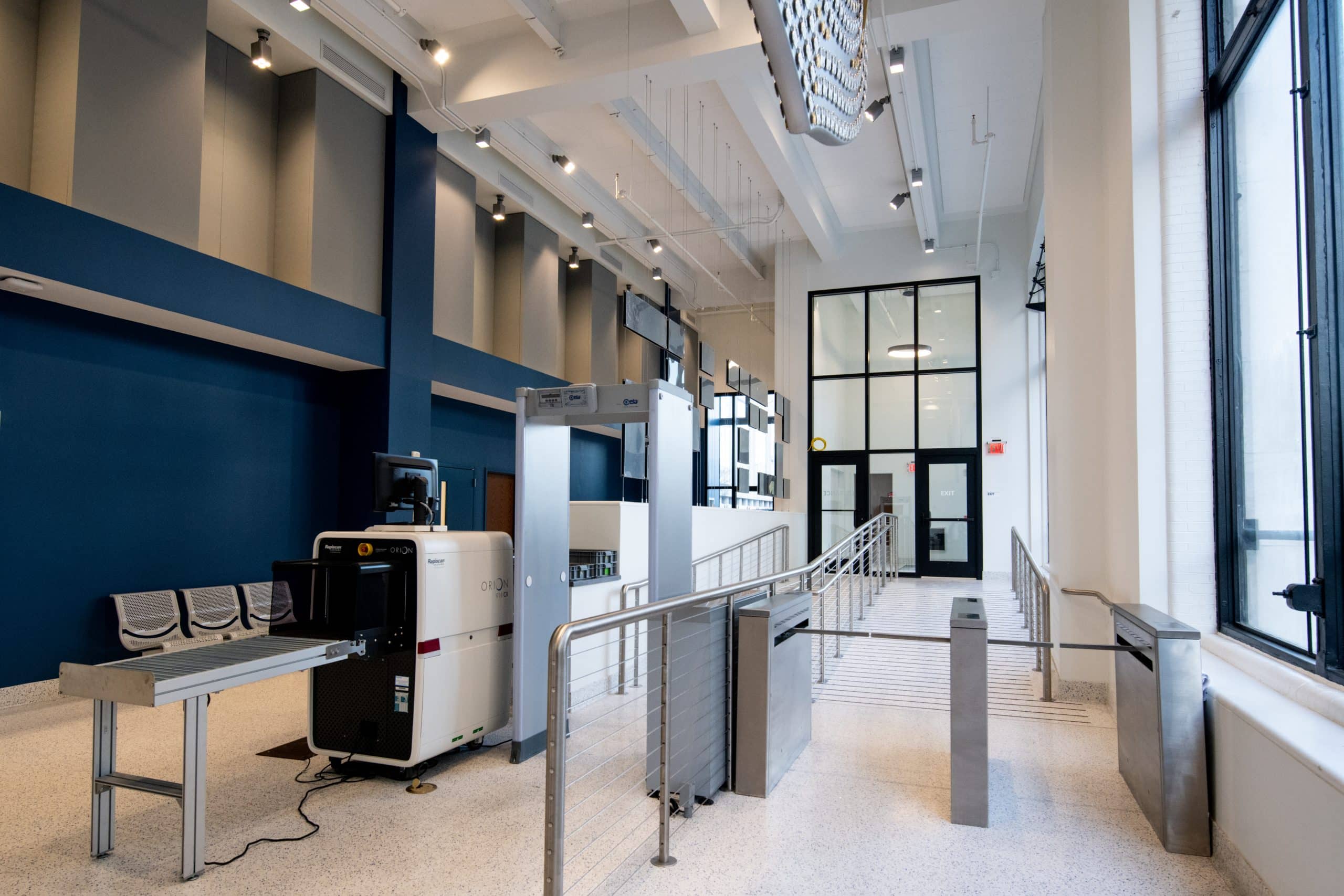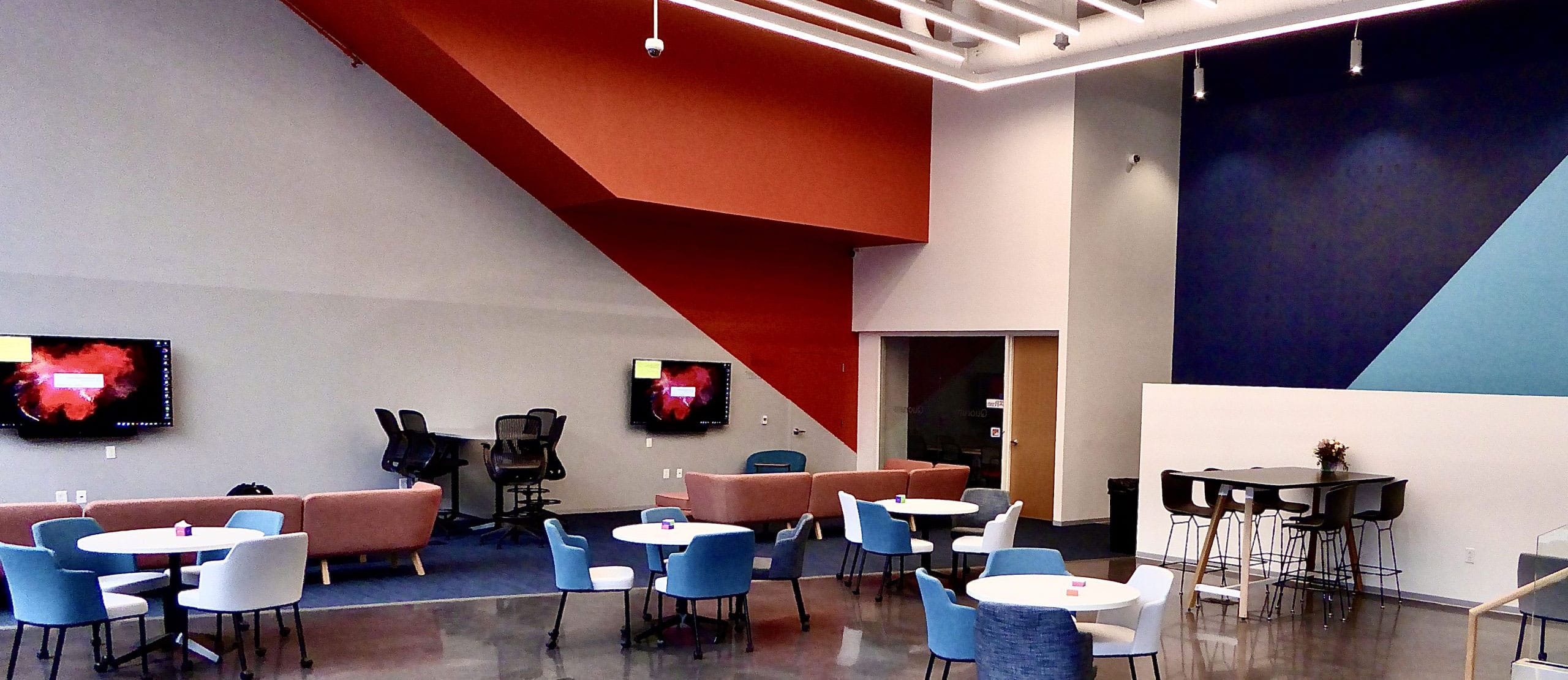Most people do not have a good understanding of the difference between our analog world and our digital world. For 80 years, electronics engineers have attempted to model analog worlds with digital electronics. By example, today it has become easier to sample sound from microphones in analog, but immediately transmit its content in digital formats. Electronics does it at lower cost. And systems often determine transmission rates for best performance – automatically.


It is this kind of example that leads engineers to sample the analog world and transfer the information into a bunch of zeros and ones – into a digital world. All those acoustical waves our teachers told us were like ripples in a pool are more like the backdrop from the movie, The Matrix.
What this means now is that every part of the audio, video, and visual chain is now digital other than the sound coming into the microphone or the light reflected into the camera lens. And now, as the introduction described, even the microphone is itself becoming a digital device that in several years will be completely converted to USB, even for professional use. And, of course, cameras already use pixel imaging devices. So, if you’re following me, this makes the microphone’s condenser or ribbon element, as well as the optical lens on a video camera the only things remaining “electronically analog” in our world, other than loudspeakers themselves.
Why does this matter? Because everything today is now digital and does not integrate or play nice with older analog equipment. It would be like comparing a Blu-ray player to a VCR (video cassette recorder). It’s simply a poor idea, necessitating one to move on. Not unlike the old pocket cell phones, smart phones are the equal to the new digital systems that contain protocols, standards, timing sequences, IP addresses, network communications, and software development kits; some standard, some proprietary.

Here are two examples. One is courtroom technology used in the justice system and the other is theatrical sound and lighting. Both are practice specialties of PSE.
Courtroom systems now contain digital wireless microphones, small self-contained digital amplifiers for attorney’s tables and podium, digital annotation tables which automatically interface with visuals, multi-channel USB connections to support court recording systems, and sophisticated micro-computer controlled touch screen command stations to integrate digitally controlled audio signal processors, video switchers, and lighting elements. The only thing analog are the speakers (and even they have decreased in size) and the microphone capsule itself. For good measure, let’s throw in the lens on the video projector. So, only three things in the courtroom remain truly analog.
Sound and lighting on Broadway and in performance theater are even more remarkable in their significant technology leaps. In the last eight years, theater has become 100% digital other than those same three elements identified above: microphone capsules, lenses on video projectors, and the loudspeakers themselves. That’s it. No more dimmers. No more clunky dimmer racks, switchers, and lighting using hot tungsten and metal halide lights. Even the electrocution danger of stage plugs for lights is gone. Instead, LEDs with RGB color and built-in dimmers are replacing Edison bulbs and reducing power loads by up to 80% All while providing extraordinary programmability, better safety, and brighter, more colorful staging.
Also reduced is the danger of someone being struck by scenery from gravity’s effect. The rigging, the structural systems to bring scenery and stage productions to life, is now digital with variable speed frequency drives, computer consoles that have safety measures built-in that were never included before, and safe motor controls that never need someone to hoist line poles up and down by counter-balanced weights.
Is digital new or has it been around longer and what else is digital in our world? As it turns out, one of the oldest things we know had to be digitized to work. Analog clocks have analog “faces” with hands, but are digital in nature. The ticking clock has to convert energy to a fixed (digital) time slice to move the hands accurately. Hence, a multitude of digital “slicing” or “sampling” methods: pendulum, toothed gears, spinning weights, and worm gears, just to list a few. This is true in our “analog” wrist watches as well. Whether battery, solar, or self-winding, the mechanism has to break up the time into a small, but accurate, time slice to keep time within one minute for each year for an error of less than 1 in 3,679,200 for very fine watches. In exceptional timepieces, an error of 1 in 10 million is standard.
So, for hundreds of years we have actually been “digitalizing” our world. It is only recently that we’ve been able to harness extraordinary electronics power to put even more analog “conversion” to better uses. Now, would you believe that the only things remaining analog in your car are five “wheels;” the one in your hand and the four on the ground? But, that’s another story.






